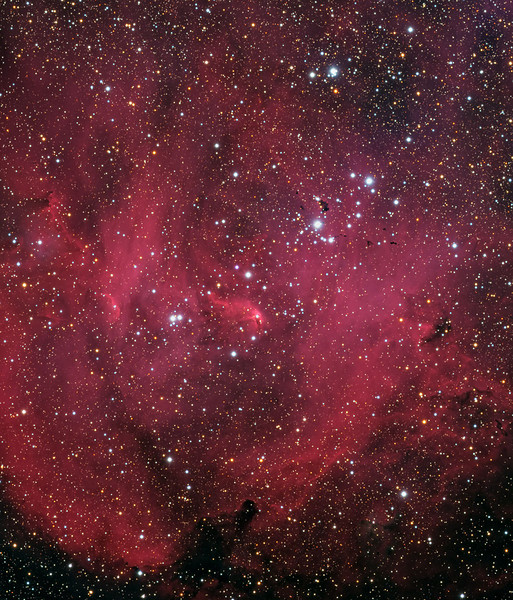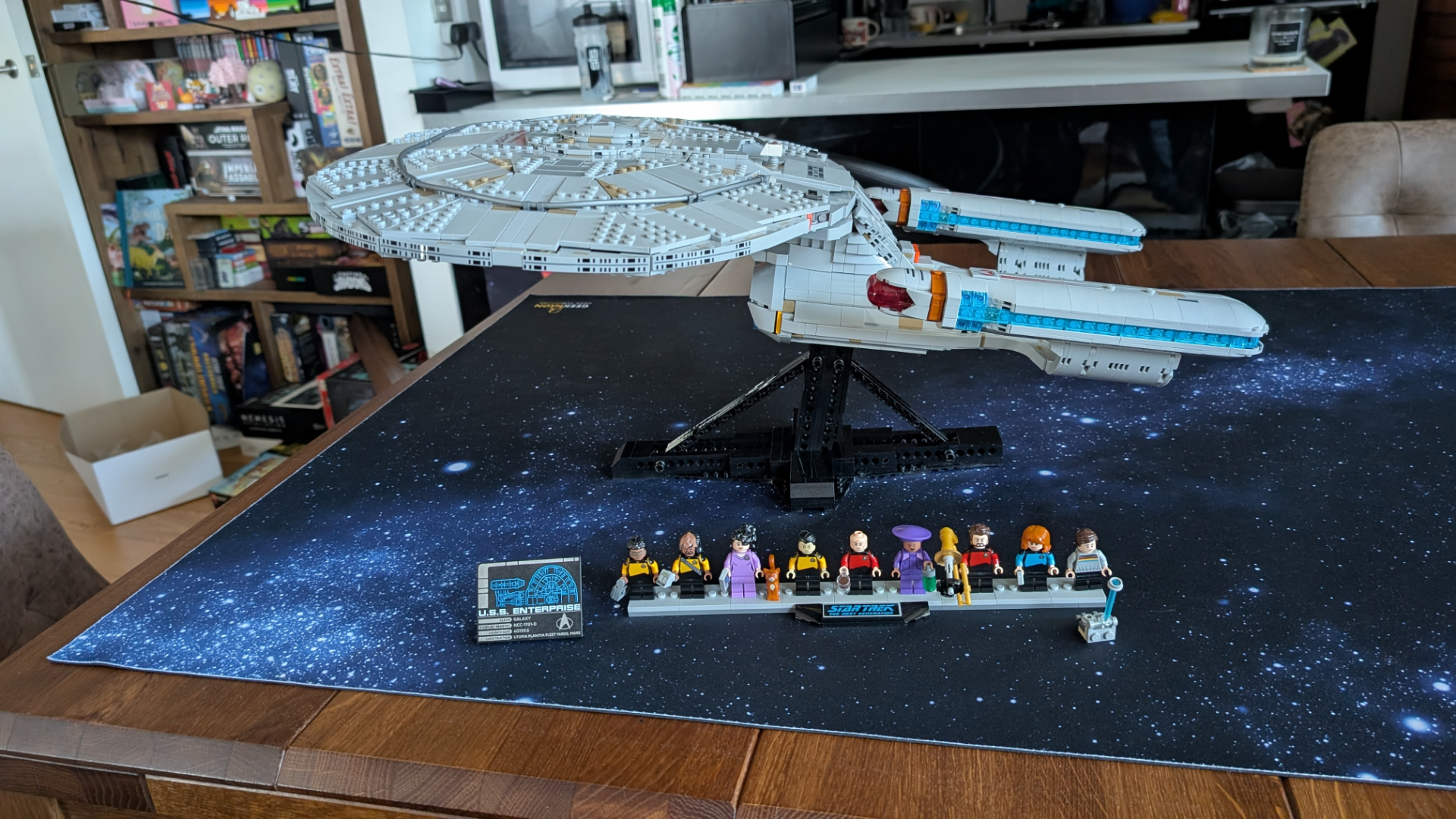Stars Burst Into Being in Spectacular 'Running Chicken' Nebula

An avid astrophotographer tries to answer the question, "Why did the chicken cross the nebula?" in this spectacular photo.
Stargazer Angus Lau captured this image of IC2944, also known as the Running Chicken Nebula, in April 2012 from Warrumbungle Observatory in Coonabarabran, Australia.
Some observers see the likeness of a chicken running from left to right with the tip of its beak at the brightest star in this cosmic cloud. This very faint nebula lies in the in the large southern constellation of Centaurus (The Centaur) about 6,500 light-years from Earth. (A light-year is the distance light travels in one year — about 6 trillion miles, or 10 trillion kilometers.)
The reddish hue of this nebula indicates that IC2944 is a star-forming region where hot, glowing hydrogen gas produces newborn stars. These stars shine very brightly with intense radiation from ultraviolet light making the surrounding dust glow red. Another star-forming region in the same nebula is marked by dark, blackish clumps called Bok Globules. This area sometimes produces newborn stars through dense cosmic dust that does not let in any visible light.
Editor's note: If you have an amazing night sky photo you'd like to share for a possible story or image gallery, please contact managing editor Tariq Malik at tmalik@space.com.
Follow SPACE.com for the latest in space science and exploration news on Twitter @Spacedotcom and on Facebook.
Breaking space news, the latest updates on rocket launches, skywatching events and more!
Nina Sen is a freelance writer and producer who covered night sky photography and astronomy for Space.com. She began writing and producing content for Space.com in 2011 with a focus on story and image production, as well as amazing space photos captured by NASA telescopes and other missions. Her work also includes coverage of amazing images by astrophotographers that showcase the night sky's beauty.
